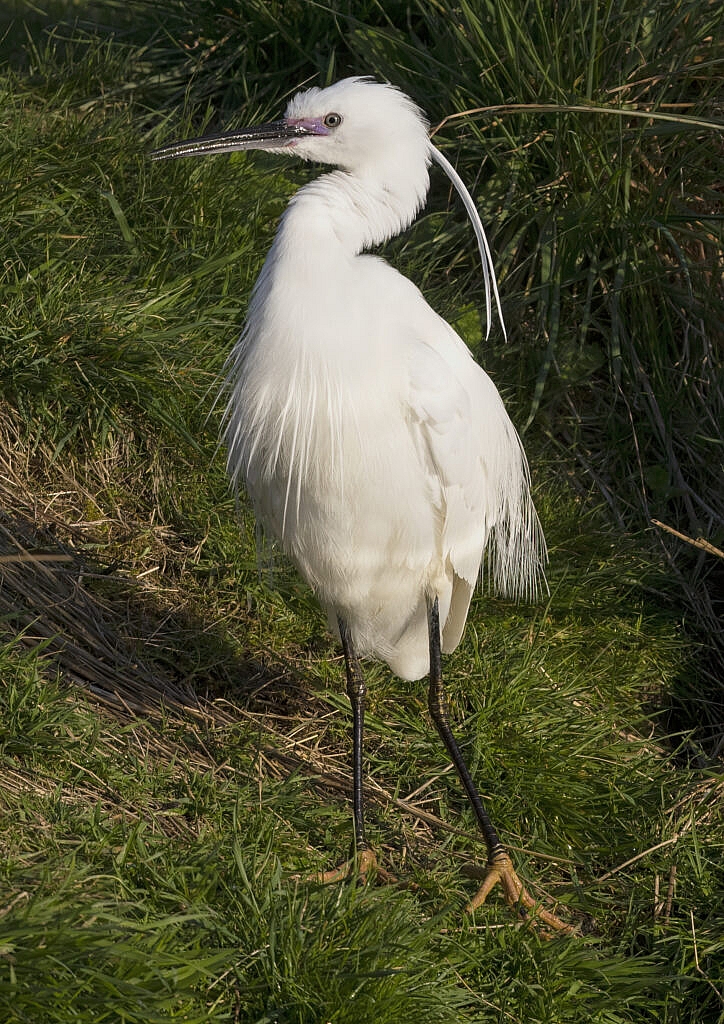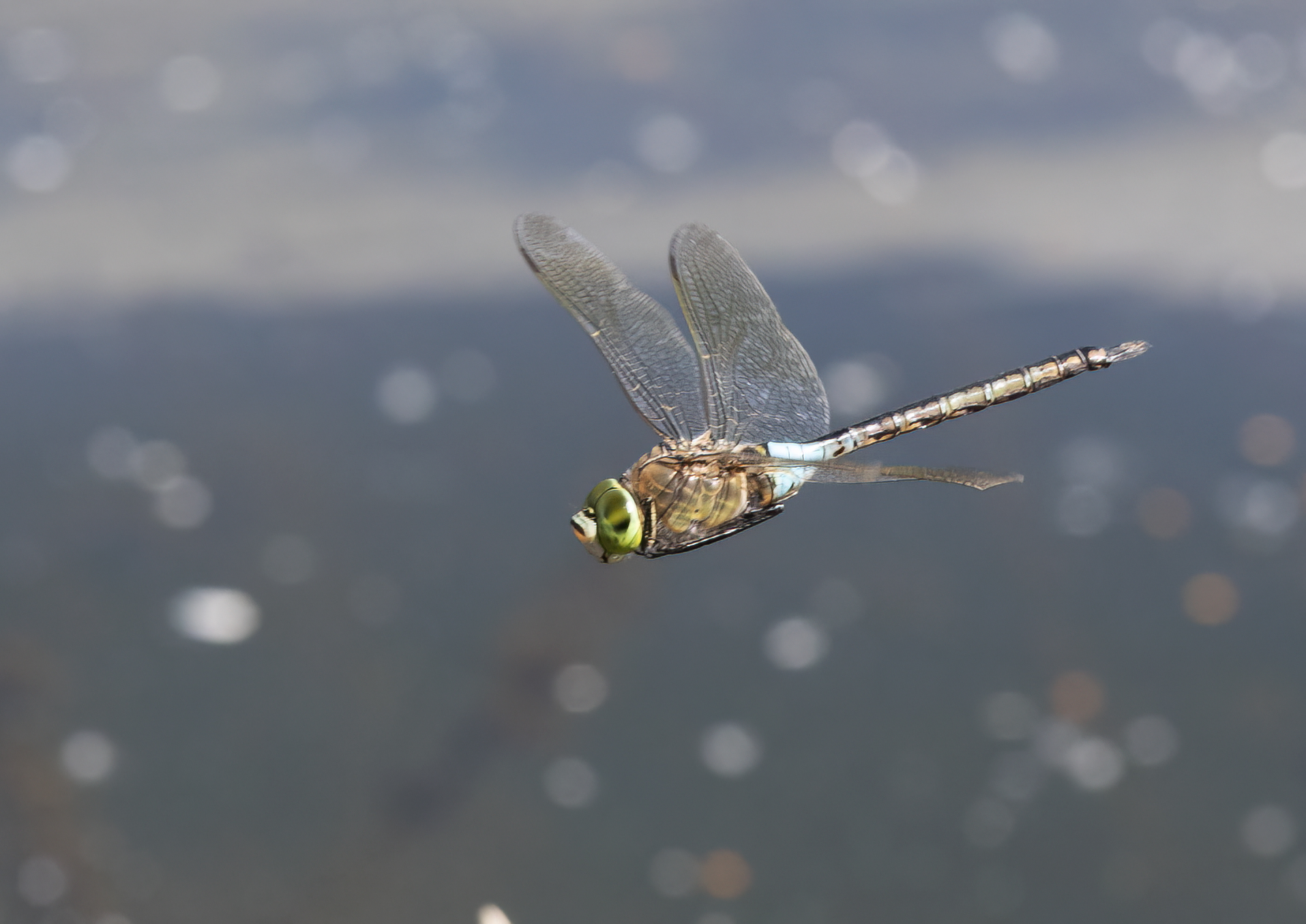Emily and the Aigrettes sounds like the name of a pub-level rock group, but actually it’s the foundation of one of the most effective conservation organisation in the world. And it all started with a bird I was watching slowly stalk and catch a fish on a reed-edged pond recently. Except that this wasn’t your normal grey heron; this was one of Britain’s growing army of white herons. If you haven’t seen one already, you will soon, as white herons are spreading quickly across Britain. This was a little egret.

And it wasn’t just any old little egret. This little egret – so named because it is smaller than some other egrets, even though it isn’t the littlest egret – was a ready-for-a night-on-the town egret in full breeding finery.
It’s hard to put on a show to attract a female when you’re a snowy-white bird without a raft of dazzling colours you can use. So along with that rather attractive mauve flush to the skin behind the beak, little egrets ‘do it with feathers, baby’. They grow fantastic, ostrich-like fringed feathers and a rather fetching set of long head plumes. I was lucky enough to catch this bird after it had, uncharacteristically, fallen into the water catching a large fish and wash shaking itself dry, revealing the the full set.
So how does this lead to a conservation organisation? Well those rather fetching feathers are called ‘Aigrettes’. Unfortunately, lady egrets aren’t the only ones who found them rather fetching. So did lady Victorians. Aigrettes were considered essential for Victorian ladies’ hats, and hats for a Victorian lady were roughly as essential as a pair of ripped jeans is today. There was an arms race for exotic millinery, with long feathers and even whole stuffed birds being de rigeur. So may feathers were being used that species like the great crested grebe and the little egret were being shot to extinction to supply the trade.
It will come as a shock to the male-dominated world of birding that the impetus to protect our avian wildlife came not from men, but women. In 1891, two small fledgling (sorry) societies merged. Both had been born with the same aim: to stop the slaughter of wildlife for hats. The first was the ‘Society for the Protection of Birds’, formed by the redoubtable Emily Williamson. The second was the ‘Fur, Fin and Feather Folk’ led by the alliteration-loving Etta Lemon, Eliza Phillips and Winifred Cavendish-Bentinck, the Duchess of Portland. They started campaigning to stop the trade in exotic feathers, and soon attracted the support of Queen Victoria. A century ago, in 1922, their efforts culminated in the “Importation of Plumage (Prohibition) Act” becoming law, and the organisation we now know as the RSPB was born.
And here’s the thing: the little egret, along with other birds we think of as exotic, used to be a British native before being driven to extinction. It’s now back in the land of its ancestors, and judging by that colourful plumage, looking to produce more little egrets here. The fact that I can see this bird at all, let alone bedecked in its wedding finery, is a testament to the foresight and hard work of Victorian women. I wonder who future generations will look back upon as being the leaders of this current generation of natural activists?
For me, though, I’ve decided to get into the music-publishing business. ‘Emily and the Aigrettes’ is just too good a name to waste.






Social Profiles